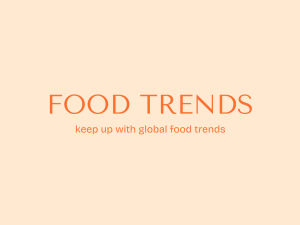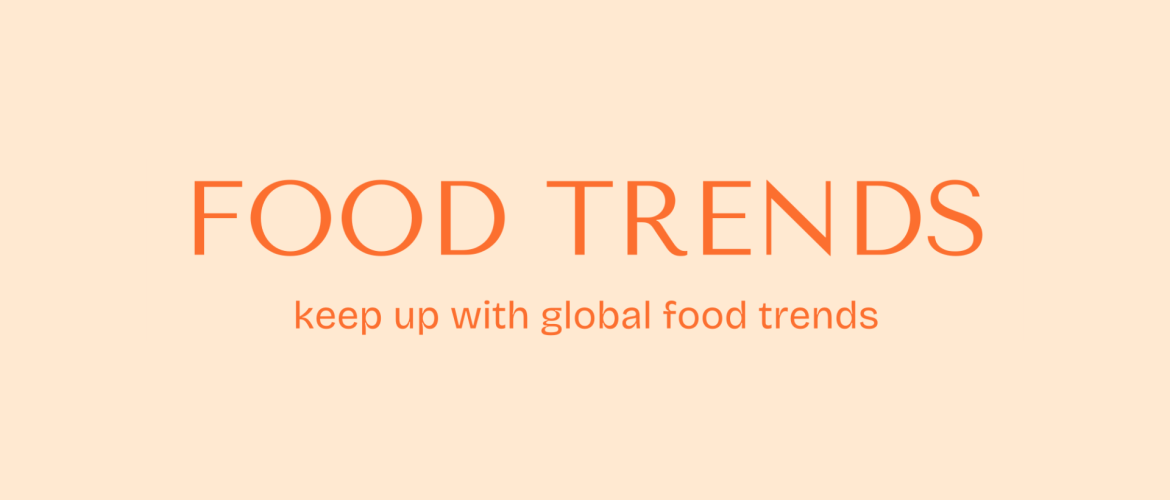 Whole Foods Market’s Trends Council has revealed its top 10 food trends for 2025, including a surge in hydrating ready-to-drink beverages, a surge in aquatic ingredients, a new crunch to meals, and international-inspired fusion snack foods. The council, consisting of over 50 members, develops these predictions through industry experience, consumer observation, and collaboration with emerging and established brands.
Whole Foods Market’s Trends Council has revealed its top 10 food trends for 2025, including a surge in hydrating ready-to-drink beverages, a surge in aquatic ingredients, a new crunch to meals, and international-inspired fusion snack foods. The council, consisting of over 50 members, develops these predictions through industry experience, consumer observation, and collaboration with emerging and established brands.
- International Snacking
Brands are transforming the snack aisle by combining salty snacks with global flavors, creating fusion foods with mass appeal.
- Ever-Adaptable Dumpling
Dumplings, dough pockets with savory fillings, are popular in various formats, including frozen and shelf-stable single-serve formats. They are authentic to their founders’ cultural roots and ripe for fusion and unexpected mashups.
- Crunch: Texture of the Moment
Consumers are increasingly seeking crunchy grains, granola, sprouted nuts, roasted chickpeas, and mushroom chips to enhance meals and add texture. Brands are creating crunchier versions of chili crisps, while new seasonings are promoting salads and roasted veggies. Dehydrated fruits and candy are also popular for their light crunch. This trending texture is also seen in beverages and desserts.
- Hydration Hype
Consumers are increasingly seeking innovative water bottles with added electrolytes and hydration. Food and beverage trade shows showcase popsicles with electrolytes, sparkling coconut water, chlorophyll water, and protein water. New players include cactus waters with antioxidants and electrolytes, and healthier alternatives to sugary sports drinks.
- Tea’s Time
Tea is gaining popularity in various forms, including flavor popularity for desserts and granola, new steeping formats, and plant-based milk teas and sparkling teas.
- Next-Level Compostable
Products are transitioning to compostable packaging, with some brands like Compostic offering home-compostable products. Rainer Fruit is also working on commercially compostable produce stickers, demonstrating the growing trend towards eco-friendly packaging alternatives.
- More-Sustainable Sips
Bozy brands are reducing their environmental impact by adopting regenerative practices and lower-impact packaging. The Sustainable Wine Roundtable aims to decrease bottle weights by 25% by 2026, while beer and whiskey brands are using drought-resistant ingredients and regeneratively farmed kernza.
- Sourdough Stepped Up
During the pandemic, sourdough resurgence led to at-home bakers experimenting with the fermented bread. This trend now extends to grocery aisles, offering traditional and innovative options like pizza crusts, flatbreads, brownies, crackers, and chocolate. Whole Foods Market Bakery is also launching innovative sourdough breads like Pumpkin Turmeric.
- Plant-Based Aquatic Ingredients
Seaweed and freshwater greens are gaining popularity as sustainable protein and nutrient sources. Sea moss is a popular wellness ingredient with iron, magnesium, and iodine content in beverages and gummies. Duckweed, water lentils, and agar-agar are emerging as high-protein leafy greens and plant-based gelatin alternatives, with duckweed being the most protein-rich and agar-agar being fiber-based and beneficial for digestive support.
- Protein Power-Up
Consumers are increasing their protein intake from traditional powders and bars, focusing on mealtime consumption and whole food snacking. Cottage cheese recipes have sparked interest in animal protein, with organ meats being viewed as superfoods. This has led to meat blends combining traditional muscle meat with organ meats, providing nutritional benefits without the need to prepare liver, kidney, or heart.
……….. Read

